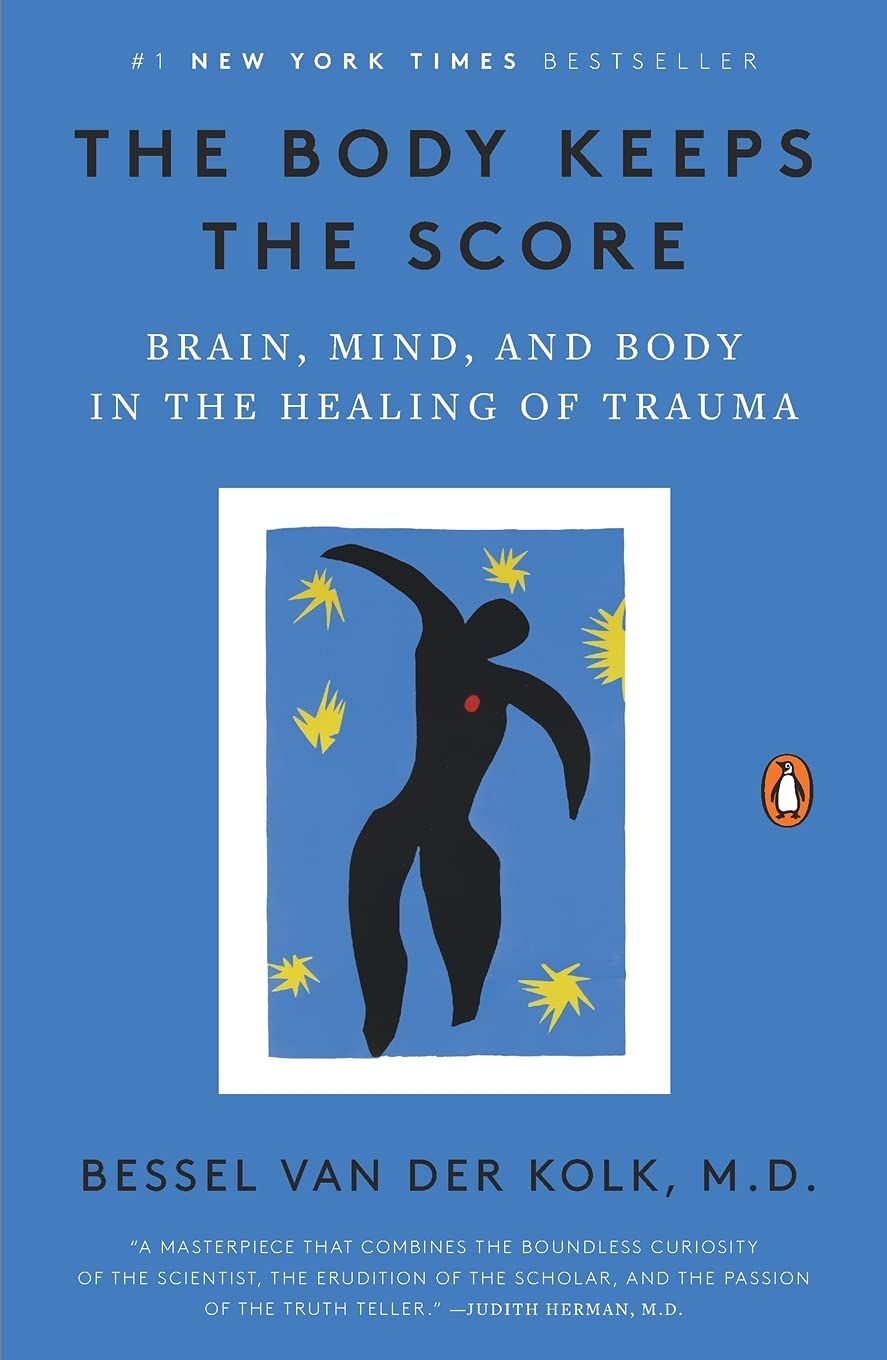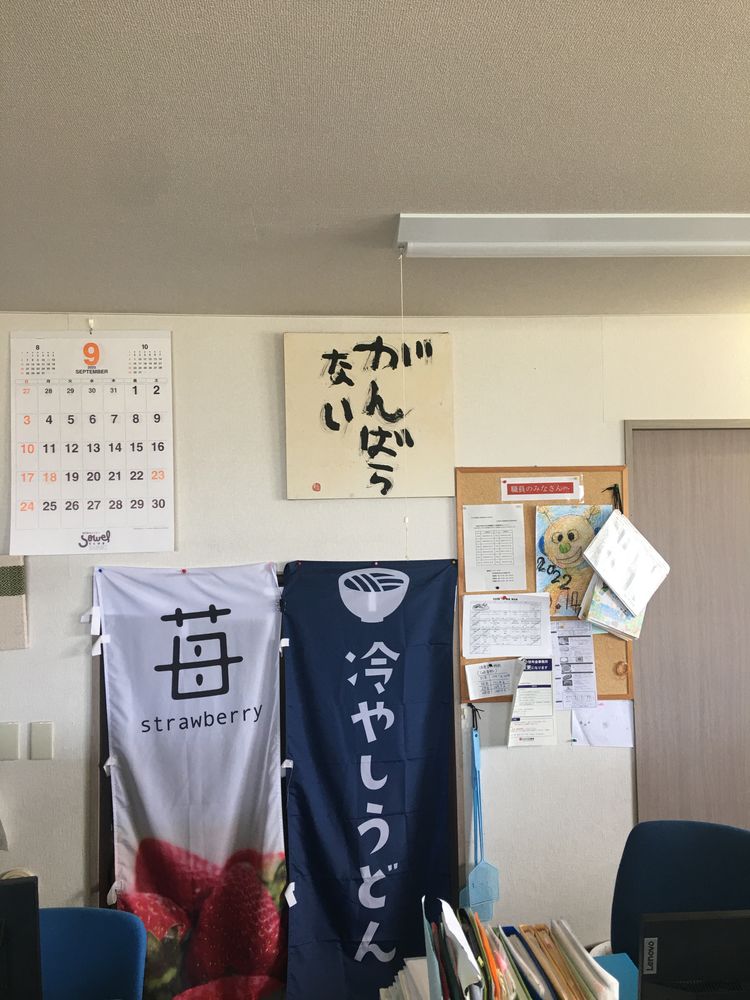Trauma, Memory, and Empathy

The most impactful reading I have done recently was about trauma.
Trauma, in many ways, has become a convenient word to express a tough past experience. Such "trauma" extends from a scary rollercoaster ride, getting rejected by your high school crush, to experiencing natural disasters, domestic violence, and more. In essence, when we use the word trauma or traumatized in our daily lives, it refers to a bad past memory.
Many of our words and actions are "commodified" in this way. Where we gain mutual understanding, acceptance, and social capital (i.e attention) through the use of these expressions in our day-to-day lives. These may seem harmless to many, such as saying "I want to kill myself", or "that really triggers me", or jokingly using finger guns.
However, for some, these are no "commodities" or light expressions. As Joseph Newton so wonderfully writes:
People often trivialize the experience of being triggered, portraying it as an overreaction to a minor inconvenience. Both of these perspectives are false. PTSD is not earned; rather, it is a way an individual’s brain copes with an experience so intense that the mind is unable to process the experience. Every brain is unique, so different things can trigger PTSD in different people. (Read the whole article here!)
In such ways, things that seem trivial to one, are not for another.
What we must understand is that our world (no matter how large or small we conceptualize it) is complex. As ethnographers Dr. Orne and Bell write:
"Any one context is actually multiple contexts – an ever-changing 'ecology of contexts'.... And more. Each person in the social situation will have at least a slightly different perspective on, and experience of, those multiple contexts. So multiplicity is multiples of multiples: Multiple people, multiple contexts, multiple perspectives, and multiple experiences for each context of the context" (Orne and Bell, 2015)
Now that's a mouthful! But the essence of what the authors are attempting to get at is the fact there is no single meaning that permeates through social interaction. We can all be watching a baseball game and interpret it as completely different things. One may think of it as just that: a game. Another may be reminiscing about the time their family went to a baseball game. Yet another person could be utterly bored and think of the purposelessness of baseball in their life. The list goes on.
To simplify such realities of our reality, I will use the French word "méconnaissance". Méconnaissance directly translates to "misconstrue" or "misrecognize", which describes the reality where we can often "misconstrue" a certain situation, relationship, word, symbol, and more. Some of you may think:
"How is that simplifying when you use another complicated word in a foreign language?"
That's exactly the point. By using another, complicated word to attempt to "simplify" this concept, it also represents the inherent contradictions that exist within our world.
So then, what does this all have to do with trauma? You're gonna have to keep reading to find out.
The book I will be referring to is called "The Body Keeps the Score" by Bessel van der Kolk. Dr. van der Kolk has been the pioneer in our understanding of mental health, trauma, and how to heal from such experiences for the past 30+ years.
I can only reflect upon a few things that stood out here, so go to your local library to learn more.

Trauma, memory, imagination
The first insight I gained is the impact trauma has on our imagination. If you have followed along this journey of mine to "imagine reality" for a while, you may recall a past article on the relationship between our memory and imagination.
To put it rather simply, our imagination is a "reconstruction" of our past. When we attempt to imagine tomorrow, a coming event, or someone else's perspective, the brain uses our memory as building blocks for that imagination. So as we saw in the past article, a person who has lost their memory can not imagine something new or different. In the case of traumatized people, there's a unique issue. As Dr. van der Kolk puts it, people become "stuck in trauma" (pg. 17). He further emphasizes the importance of imagination in our lives:
"Imagination is absolutely critical to the quality of our lives. Our imagination enables us to leave our routine everyday existence by fantasizing about travel, food, sex, falling, love, or having the last word – all the things that make life interesting. Imagination gives us the opportunity to envision new possibilities – it is an essential launchpad for making our hopes come true. It fires our creativity, relieves our boredom, alleviates our pain, enhances our pleasure, and enriches our most intimate relationships" (pg. 17).
The issue when people (and other mammals as well!) get traumatized, a memory sticks and perturbs the mind. Not always consciously, but physiologically. Let's expand.
The common image that comes to mind when people think of trauma (or people with PTSD, Post-traumatic stress disorder), are war veterans. We imagine that those are the people who have seen, experienced, and felt the worst of the worst. However, trauma is more common than it seems.
People who are traumatized are often those who experienced something threatening (natural disasters, abuse, rape, war etc) and did not receive the social care and sense of safety after that event. Now just imagine, how many people who went through a horrific hurricane received proper emotional and social support? How many individuals (overwhelmingly women) who have suffered from domestic violence, rape, discrimination, had the safety net of love and care?
At the core of this, is that as inherently social beings, our response to threat is also relational. Dr. van der Kolk writes:
"When something distressing happens, we automatically signal our upset in our facial expressions and tone of voice, changes meant to beckon others to come to our assistance. However, if no one resposne to our call for help, the threat increases, and the older limbic brain jumps in. The sympathetic nervous system takes over, mobilizing muscles, heart, and lungs for fight or flight. Our voice becomes faster and more strident and our heart starts pumping faster" (pg. 84)
He continues,
"If there's no way out... we will activate the ultimate emergency system: the dorsal vagal complex. This system reaches down below the diaphragm to the stomach, kidneys, and intestines and drastically reduces metabolism throughout the body. Heart rate plunges, we can't breathe, and our gut stops working or empites (literally "scaring the shit out of" us)" (ibid)
What trauma does is that our body is left in that last defense system, because there was no social/relational safety net to fall back on. So the reason many traumatized people seem like they are "living in the past" is not because of the willful intent to remember (although this can also be the case), their body is physiologically stuck in that moment of threat.
"We have learned that trauma is not just an event that took place sometime in the past; it is also the imprint left by that experience on mind, brain, and body" (pg. 21)
Hence, the body keeps the score. Dr. van der Kolk has further shown that merely talking about the traumatic experience is not enough; changing the common understanding of psychiatry and healing. But now, I hope that makes sense.
Just talking about the traumatic experience does not heal the body in shock. Moreover, there are countless cases where the memory is fragmented or even wiped out of the conscious mind, but kept within our bodies.
So then, what can we do to heal?
The problem of "being traumatized is not just an issue of being stuck in the past; it is just as much a problem of not being fully alive in the present" (pg 223). So what Dr. van der Kolk focuses on is to do just that:
Bring people back to the present.
I can not recount all the stories he shares of traumatized people literally not recognizing themselves in the mirror, not feeling someone touch their feet, or feeling so "out of themselves" that their perception of self is almost gone. All of such events are caused because as we attempt to cope with trauma, our body naturally wants to protect us from the threat – which has become internalized within our body. So in a quite paradoxical way, our body protects ourselves from our own body – and then we "lose ourselves".
So from a variety of techniques from yoga, a method called EMDR (you're gonna have to read the book to get this one!), participating in plays/musicals, simply breathing, and more, we have fantastic ways to heal and reclaim our selfhood.
However, what is the most popular way to "treat" trauma today?
Drugs.
People are prescribed an immense amount of drugs without any "social healing". Dr. van der Kolk laments this during a talk at a conference:
"Many of these [social] dimensions have been left out of our oversimplistic stupid diagnostic system that we basically built up to firm up our relationship with the drug companies" (18:49)
Of course, Dr. van der Kolk does not deny the power drugs can have. In fact, he was part of the first studies of popular drugs such as Prozac or Zolaf; drugs largely used to "treat" PTSD.
He further explains his stance in the book:
"Prozac has an effect on serotonin, but whether its levels go up or down, and in which brain cells, and why that makes people feel less afriad, is still unclear. We likewise don't know precisely why talking to a trusted friend gives such profound relief, and I am surprised how few people seem eager to explore that question" (pg. 264)
So then, what's the answer?
It's to fully embrace méconnaissance.
To live in a world of méconnaissance requires many things. We must be attuned to our environment, be able to think critically about others and ourselves, and be comfortable in situations that "misconstrue" our reality.
But what it requires most is empathy.
Being empathetic within our society is hard. We live in a world where we can see one thing, and have multiples among multiples of opinions, ideas, and associations of that one thing. Empathy does not mean accepting what everyone else says or thinks, but taking a moment to "empathize" – it's active.
It seems as if there is less and less space for empathy. No empathy for a new imagination, a differing (even controversial) idea, or the way we act.
Remember, there are scars on every side of méconnaissance. And some of those scars may be deeper and more present than a simple memory of the past in our minds.
It is not that these people "fall through the cracks" of our social system. Our society is full of holes for people to fall into. The ultimate contradiction of this reality is that we are utterly impatient with the méconnaissance that we live in.
To end, I'd like to repeat a common theme within Dr. van den Kolk's work, and a dimension of the méconnaissance that is often overlooked.
It is the power of survival.
The countless stories of trauma are at the same time a story of distress and anguish, as it is a story of survival.
People are so incredibly strong that they have survived a traumatic experience that literally rewired their brain, mind, and body. Yet they had to do so "because of a lack of adequate human contact and support" (pg. 351).
It is time to fully embrace the méconnaissance we live in, and allow for such powerful people to thrive.
![[Guest Post] Exploring Colonial History through Art](/content/images/size/w750/2023/11/graphite-island-banner.png)
